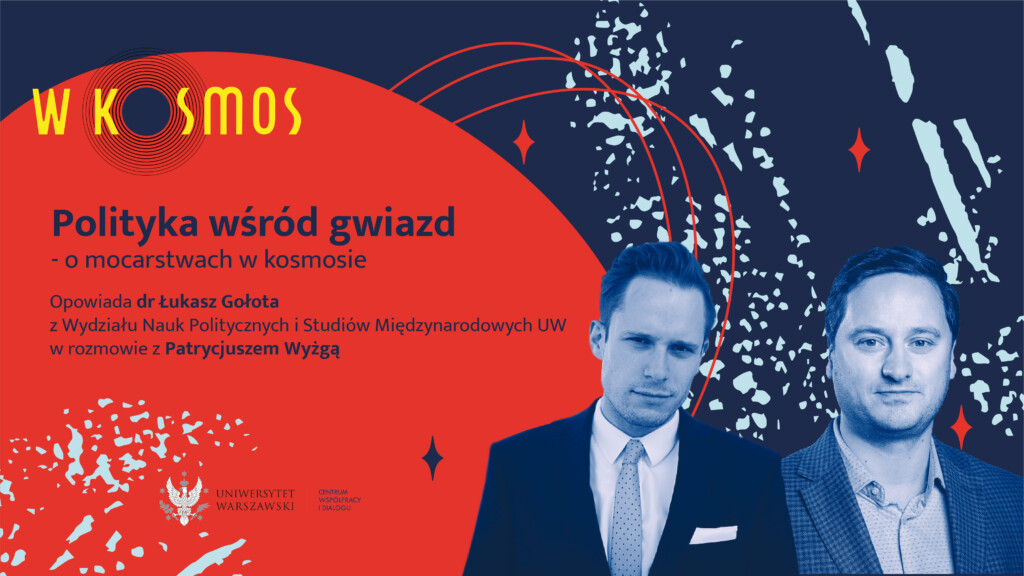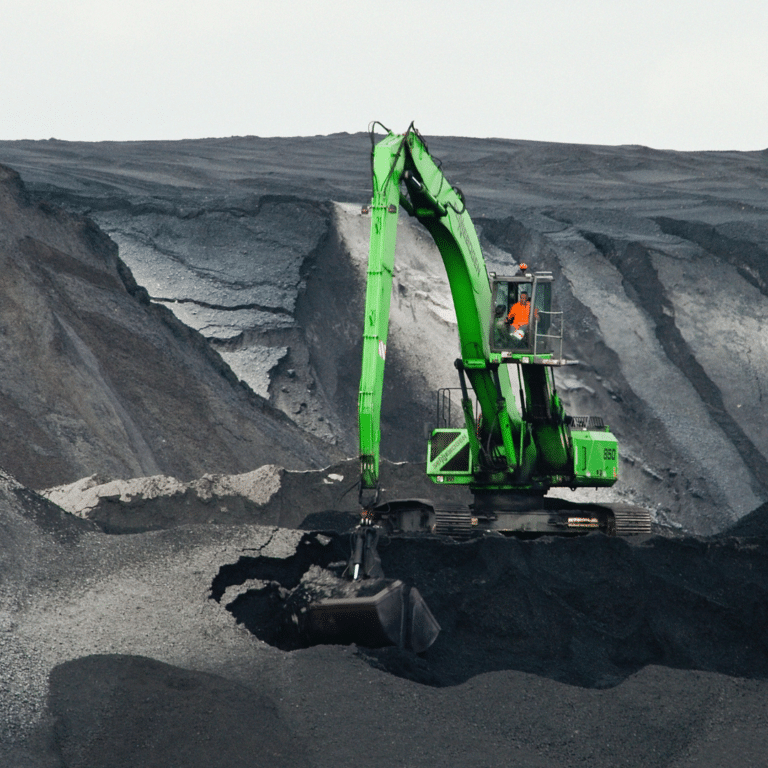Space a source of raw materials
Space exploration entails many possibilities for humans. One is the extraction of raw materials found on the Moon or Near-Earth Objects (NEOs), such as asteroids. Space mining for now remains an unrealized human ambition. However, it can be assumed that the extraordinary rapid progress of civilization and the development of space technology in the future will allow us to benefit from the extraordinary wealth of raw materials obtained on other celestial bodies.
The topic is important if only because the raw materials extracted on Earth will eventually run out. Predictions are that copper, lead or iron deposits will eventually be exploited within a dozen or more years. Space mining could therefore save us from losing access to these valuable metals.
Is there water in space?
Interestingly, it is likely that the first raw material we will start mining in space will be… water! The elements it contains – hydrogen and oxygen – will be used to produce rocket fuel, which could significantly reduce the cost of space travel. It is estimated that fuel produced using raw materials mined in space will be cheaper than the “earthly” fuel we know. Probably many and many of you are wondering if it would be possible to use this water for drinking. It is important to remember that water on the Moon exists in the form of ice. For it to be drinkable, it would first have to be filtered.
What other raw materials can we find in space?
Planetoids, which are another potential source of raw materials, can be divided into three categories based on their composition. It is assumed that some of the orbiting asteroids in space, which we call C-type asteroids, contain carbon compounds, water and some of the metals. S-type asteroids are made of iron and magnesium silicate, as well as nickel and metals of the platinum group (which is made up of precious metals; it includes elements from groups 9, 10 and 11 in the periodic table of elements). In contrast, M-type asteroids are made of pure nickel and iron, as well as platinum.
As you can see, the cosmos is rich in extremely valuable resources. So the vision of implementing space mining is tempting. Not surprisingly, many countries are racing to develop technologies that will allow them to establish their first mines in space. However, it will be a good few more years before that happens….

About superpowers in space
Have you watched/watched “Star Wars”? Probably at least a good portion of you will answer this question in the affirmative. So you are more or less familiar with the adventures of the rebels in conflict with the forces of the Empire and the influence of the Trade Guild on the events unfolding – according to the film’s script – in a galaxy far, far away….
However – space politics is not just screen fiction. Even the early days of human exploration of extraterrestrial space were marked by a space race in which two – conflicted – powers competed: The US and the Soviet Union….
Is there currently still a competition between countries to conquer space? What are the ins and outs of space politics? Will private investors replace state and international space agencies as major players in extraterrestrial space?
Dr. Luke Golota of the UW’s Department of Political Science and International Studies answers these and other questions in the CWID UW IN KOSMOS podcast – during a conversation with Patricia Vygota.
Bibliography:
#uw #science #cwiduw #seekingknowledge #CWiDUW #wkosmos #scienceislocal #ExpertsUW.

